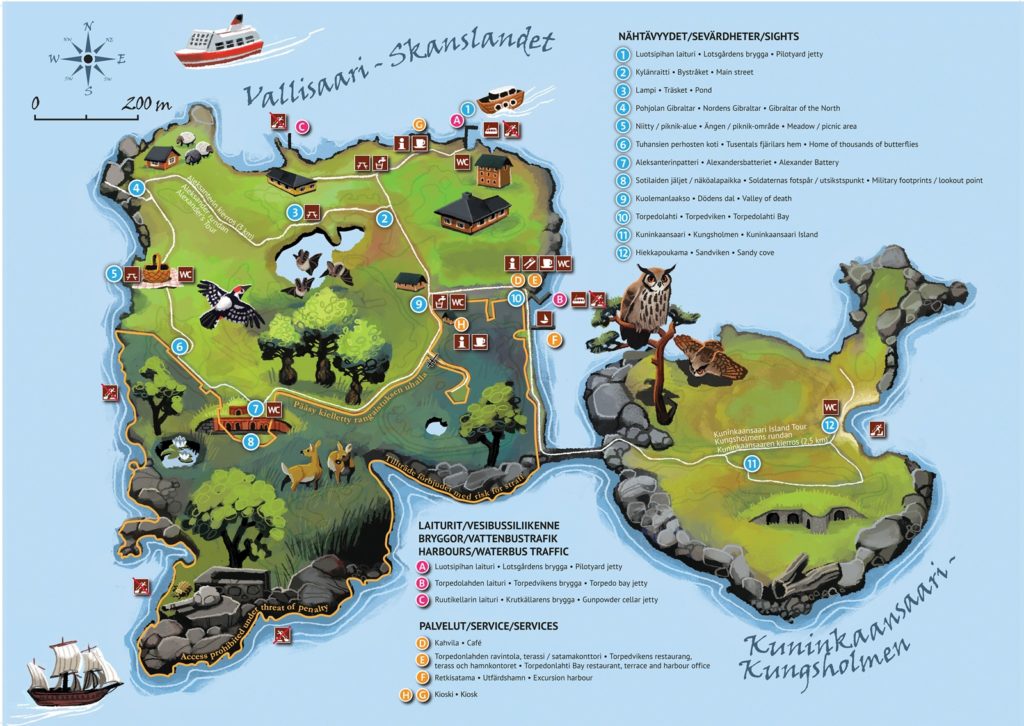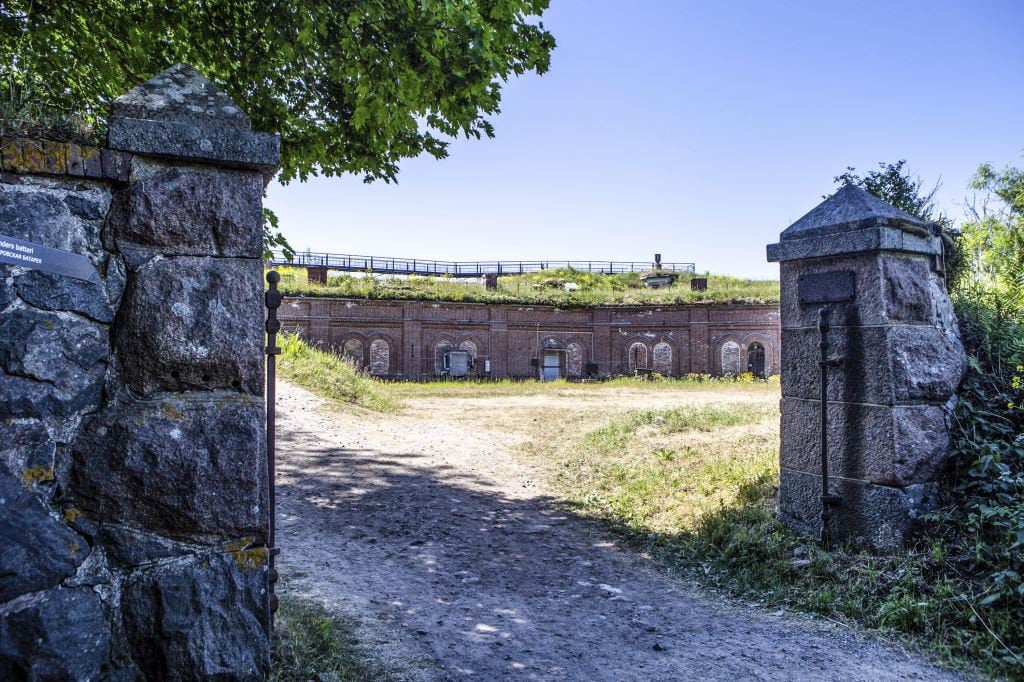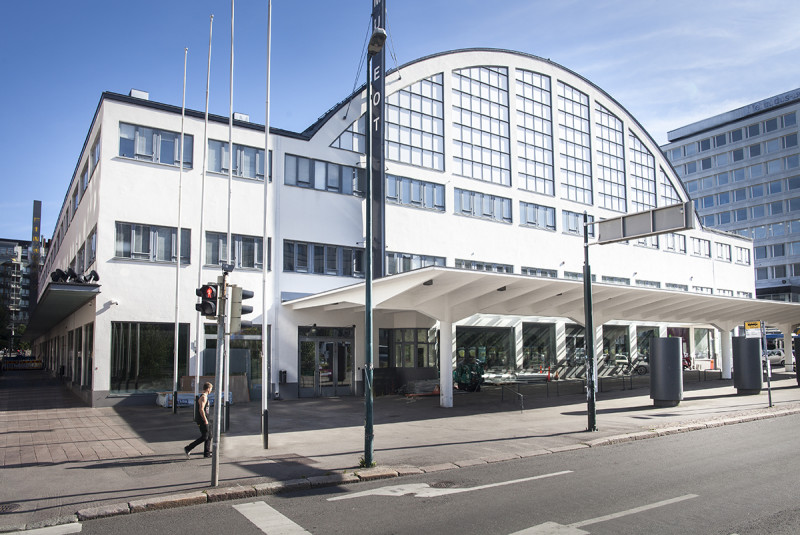Art & Exhibitions
The First-Ever Helsinki Biennial Takes Advantage of the ‘Midnight Sun,’ Promising 24-Hour Access to Art
The island of Vallisaari is a short ferry ride from the Finnish capital.

The island of Vallisaari is a short ferry ride from the Finnish capital.

Taylor Dafoe

Next summer, Helsinki will become the newest in a growing glut of international cities to host a biennial.
In June of 2020, the archipelago island of Vallisaari off the coast of the Finnish capital will host the inaugural Helsinki Biennial. The event, presented by the Helsinki Art Museum (HAM), will be overseen by the institution’s director Maija Tanninen-Mattila, and curated by two of its head curators, Pirkko Siitari and Taru Tappola.
“Helsinki is an open, welcoming city, which the Helsinki Biennial will mirror—opening up the Vallisaari island on the archipelago 24/7 to residents and visitors alike,” said Tanninen-Mattila in a statement. “We hope that this unique, informal setting will be a fruitful source of inspiration, bringing international art to locals, and creating more visibility for the art produced in Finland today.” (As in other countries close to the Arctic Circle, in June in Finland, there is not much of a night.)

Vallisaari Island off the coast of Helsinki. Courtesy of the Helsinki Biennial.
The biennial, free and open to all, will be built around a bevy of new, site-specific installations on the island, commissioned by HAM and created by artists both local and international. It will also have a presence on the mainland and in the museum itself. The goal, states the announcement, is to “communicate the diverse and dynamic nature of the contemporary Finnish art scene,” and engender “links and collaborations with the wider global artistic landscape.”

The Helsinki Art Museum (HAM). Image courtesy Helsinki Art Museum.
For artists, the island ought to provide a lot of historical and environmental context to work with. The land is a former Finnish military outpost, that was, prior to that, once used as the Russian Base in the Finnish War of 1808-09. Today, it’s one of the most ecologically diverse areas in the region, home to a number of rare plants and animals; its ecosystem is described as “very fragile.” The island, a short 15 minute ferry ride from Helisinki’s center, was opened to the public in 2016.
“The city recognises the value of a vivid and forward-looking art scene that champions local contemporary art and its relationship with the global community,” said Helsinki mayor Jan Vapaavuori in a statement. ”The biennial will illustrate the unique characteristic of Helsinki and the surrounding archipelago. It also highlights our commitment to art, architecture, design and urban culture in all its forms.”
The official curatorial concept for the first Helsinki Biennial will be announced this fall.